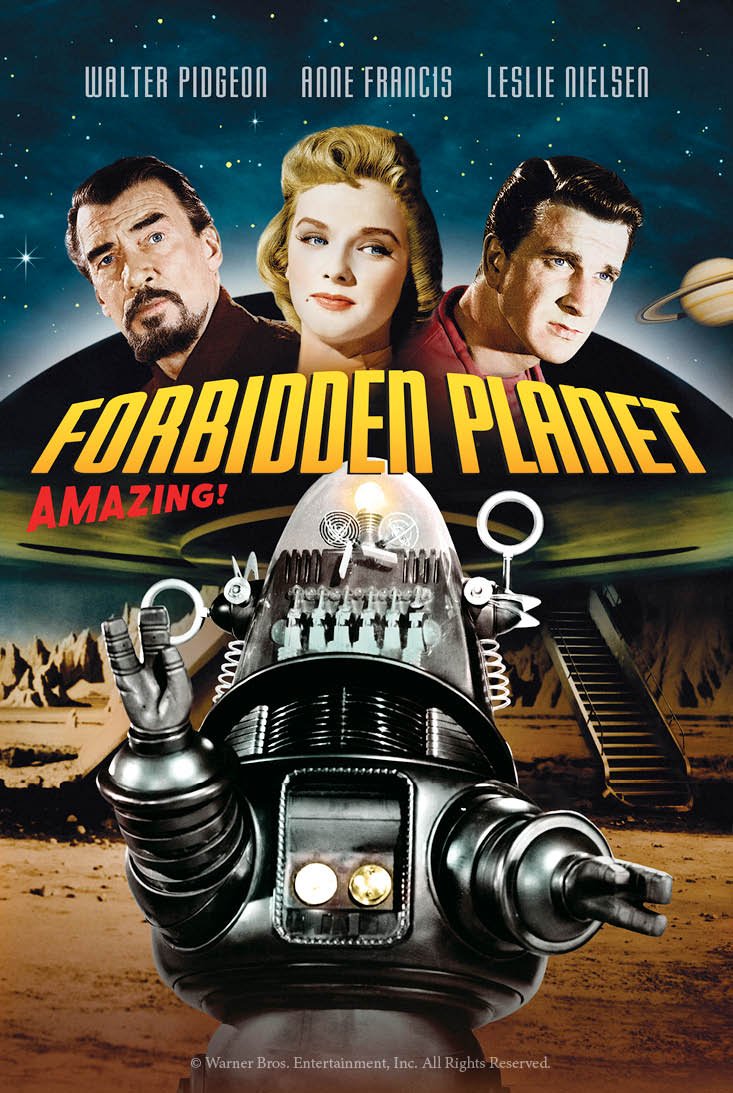Castle of Our Skins Workshop at the Rumble Museum
 We were delighted and honoured to welcome five musicians from the organisation Castle of Our Skins to deliver a workshop with musical performances to Year Tens this week.
We were delighted and honoured to welcome five musicians from the organisation Castle of Our Skins to deliver a workshop with musical performances to Year Tens this week.
Castle of Our Skins is is a concert and educational series which is dedicated to celebrating Black artistry through music. The visit was organised by Dr Samantha Ege. Samantha is a soloist performer, and the Lord Crewe Junior Research Fellow in Music at Lincoln College, University of Oxford.
The workshop introduced influence of spirituals on classical music, encouraging the students to think about the role of music in communities, and linking lyrics and the shape of the spirituals songs to the experiences of enslaved peoples. It explored how songs can be a form of resistance, both in terms of binding a group of people and also in terms of passing on important messages. One example of this was "Wade in the Water" where it was explained to the students that dogs were often used to track down escaping slaves, and being in the water can take away the scents that the dogs are pursuing.
Musicians Ashleigh, Matthew, Francesca and Gabrielle performed each piece after introducing the context to the students, and discussed the emotions invoked by the sound of the music with the students.
It was an amazing experience and we are enormously grateful to everyone involved for such an informative and moving workshop.











